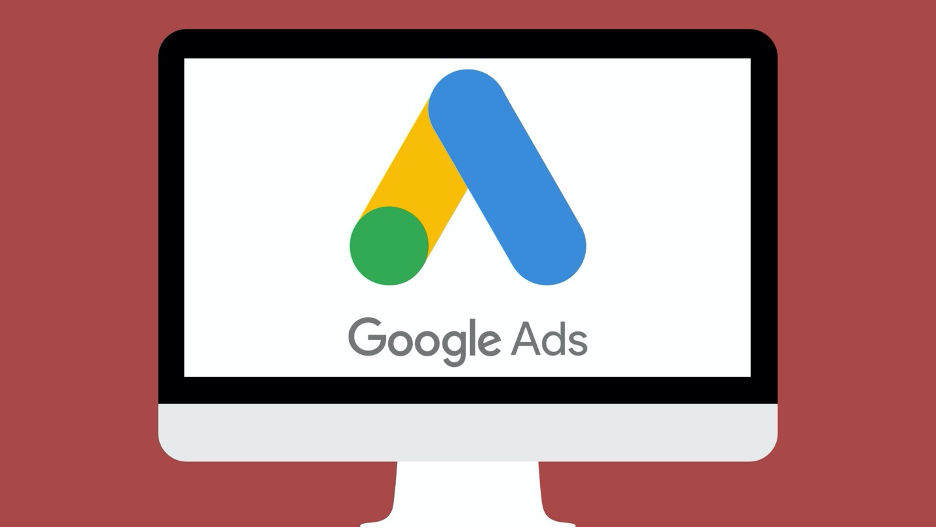How Google Ads Drive More Leads to Your Website
Google and Google ads. The largest search engine used in the world. Did you know that more than 90% of online searches are done using Google? Looking for the definition of a word? Google it. Looking for the best coffee shop near you? Google it. Need directions to your grandmas? Google it.
But these days, Google has grown into far more than just a search engine. With the Google e-mail platform – Gmail (nearly half of all e-mail worldwide is through Gmail), Google My Business, Google Reviews, YouTube (which is owned by Google), various other lesser-known Google apps, and more.
With so many people utilizing the Google platform, it is no wonder you have probably heard a lot about Google Ads, or you may have been told that you should be advertising on Google. As a Small Business owner, you need leads. Google might be the perfect marketing tool to get them.
Here at Walker Kreative we’ve found that for many business owners, Google Ads is not well understood. So, we wanted to briefly go over the different types of advertising that can be done on Google so you can see if (or that) advertising on Google is right for your business or practice.
Google Ads is an online advertising platform where you can create ads across Google, Google’s Search and Display Networks, and YouTube. Google “Adwords” – which you may have heard used – is the previous name of Google Ads.
THE TYPES OF GOOGLE ADS
There are several types of Google Ads, which include the following:
Each of these different campaign types can be optimized to achieve different advertising goals – such as brand recognition, website visitors, calls to your business or practice, etc. Walker Kreative uses all of these with our clients. Not to say we use all of them with ALL clients. But depending on the unique strategy for a specific client, we’ll commonly use one or more ad campaign types.
GOOGLE SEARCH ADS
A Google Search Campaign is one of the most used and effective types of Google Advertising. This is a campaign that will show your business’ details in response to a search done on Google.
In a Google Search Ad, your ad is displayed in response to the keywords you choose when you set up your ad. A keyword is the word or words pertinent to your business.
HOW TO USE GOOGLE ADS
For example, if you are a donut shop and want to run advertisements to your town you may choose some words like “best donut shop”, “closest donut shop” or “bacon donuts near me” (if you do especially tasty bacon donuts). When someone goes to Google to search for “best donut shop”, your ad shows up at the top.
A veterinary clinic running ads may choose keywords such as “best vet in Cedar Falls”, “affordable veterinarian”, “top-rated vet”, etc… When someone goes to Google to search for a vet, they will most likely see advertisements from vet clinics at the top. This means that these vet clinics are “bidding” on the keywords entered into the Google Search bar. (*In digital advertising, ads go through a sort of auction process. The highest bidder gets the top spot for their ad to be shown. It is more complex than this, and various factors are considered in the auction, but you get a general idea.) You can see an example below.
 The reason Google Search Ads are so effective is because you are reaching a potential buyer or patients when they are actively searching for your product or service – in other words, they are at or close to the buying step of the marketing funnel. If you can capture their attention with a special offer or reason they should choose your business (such as 5-star reviews), they will click on your ad or call your business.
The reason Google Search Ads are so effective is because you are reaching a potential buyer or patients when they are actively searching for your product or service – in other words, they are at or close to the buying step of the marketing funnel. If you can capture their attention with a special offer or reason they should choose your business (such as 5-star reviews), they will click on your ad or call your business.
Another great thing about Google Search Ads is that you only pay for clicks on your ads – not each time your ad is shown.
GOOGLE DISPLAY ADS
Google has various partners across the web. Websites partner up with Google and show ads on their website. When setting up a Google Display Ad you have a number of options on who to target to display your ads to – from targeting keywords to demographics, locations, to even targeting individuals who have previously interacted with your business. This type of Google Ad is a visual ad. You have likely seen such on websites you have visited.
Below you can see two examples of Display Ads running on the Fox News Network website. You can see the blue AT&T banner ad at the top and another ad on the right side of the screen for UNICEF USA.
 These are Google “display ads.” These ads are great for re-targeting individuals that have expressed an interest in your business or product in the past. For example, a business could have their ads show to people that have visited their website (or a particular page of their website) with a special offer to drive them back to complete the purchase. Or to target competitors – for example AT&T may have chosen to show this ad to people who have used the keywords “Comcast” or “Xfinity”.
These are Google “display ads.” These ads are great for re-targeting individuals that have expressed an interest in your business or product in the past. For example, a business could have their ads show to people that have visited their website (or a particular page of their website) with a special offer to drive them back to complete the purchase. Or to target competitors – for example AT&T may have chosen to show this ad to people who have used the keywords “Comcast” or “Xfinity”.
GOOGLE SHOPPING CAMPAIGN ADS
Google Shopping Ads are applicable for eCommerce shops or stores that also sell online. You set up your store on Google and can run ads to people searching for your product. See the below ads when a search for “Boots” is done. Google knows my search history and my gender and so knows to display women’s boots. (Google probably also has been tracking me looking at a new pair of brown boots… a little creepy but I would rather see these than men’s work boots.)
 YOUTUBE ADS/VIDEO CAMPAIGN
YOUTUBE ADS/VIDEO CAMPAIGN
If you don’t know it yet, video is BIG! YouTube is the world’s second-largest search engine/website. We watch over 1 billion hours of YouTube videos a day, more than Netflix and Facebook video combined. A whopping 72% of customers would rather learn about a product or service by way of video. Yet only 9% of US small businesses use YouTube.
Google’s Video Ads include advertising on YouTube as well as video advertising on the Google Display Network. Your video ad can show up in a YouTube search (at the top right-hand corner on a desktop) or can automatically play before, during, or after another video. They can also be shown on websites across the Google Display Network. (You have probably experienced how annoying those can be – trying to read an article and then WHAM! All of a sudden, a loud blasting video is yelling at you or blocking your view).
With YouTube Video Advertising you can be charged per “view,” (considered to be 30 seconds by YouTube) or “click” if someone clicks on your ad prior to 30 seconds, and in some types of video campaigns, you pay for every 1,000 impressions, also known as CPM (Cost Per Mille). Your video can be as short as 6 seconds, such as these bumper ads, or as long as several hours.
 Videos 15 seconds and shorter can be non-skippable. Meaning a viewer has to watch your ad before viewing the content they want to watch. Others can be skippable – meaning if the person isn’t interested then they skip the video (and you aren’t charged for that impression).
Videos 15 seconds and shorter can be non-skippable. Meaning a viewer has to watch your ad before viewing the content they want to watch. Others can be skippable – meaning if the person isn’t interested then they skip the video (and you aren’t charged for that impression).
GOOGLE APP CAMPAIGN
With App Campaigns, you can promote your iOS or Android app on Google Search, YouTube, Google Play, and more. Google’s technology will optimize your App ads to reach the audience most interested in apps like yours. These ads encourage users to download your app.
SUMMARY
Google Ads can be an effective marketing tool and it is wide-ranging, as you can see. From video and display ads gaining you brand recognition and trust such as with testimonial videos like this, to Google’s Search Ads highlighting your business or practice when buyers are ready to purchase or set an appointment. There are even campaigns that allow you to advertise on Gmail reaching your defined audience in their inbox.
Your business will undoubtedly benefit from deciding to invest in advertising on Google.
Good luck!
Christine Leacox














